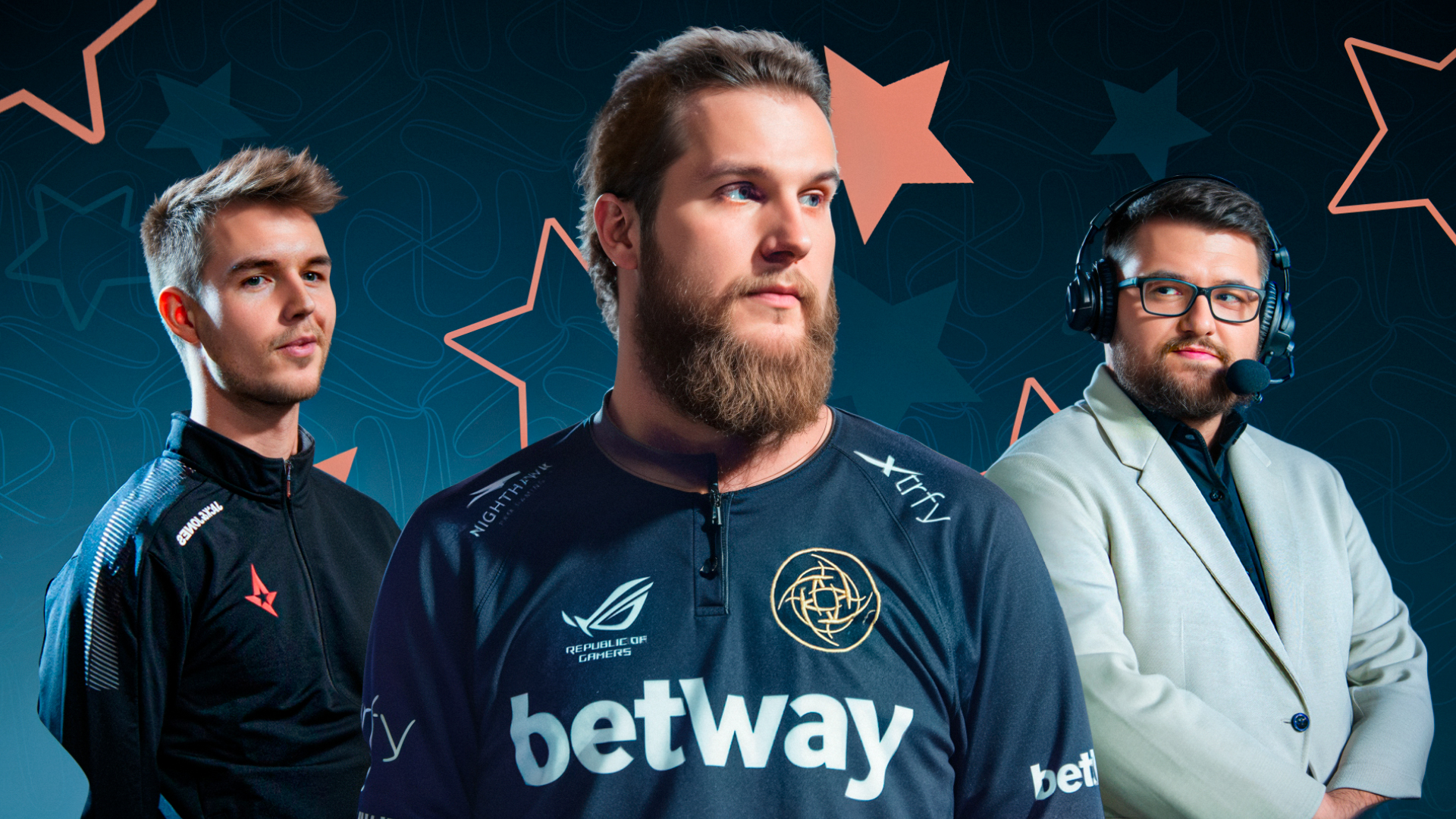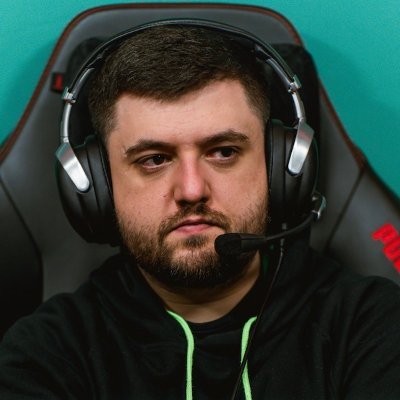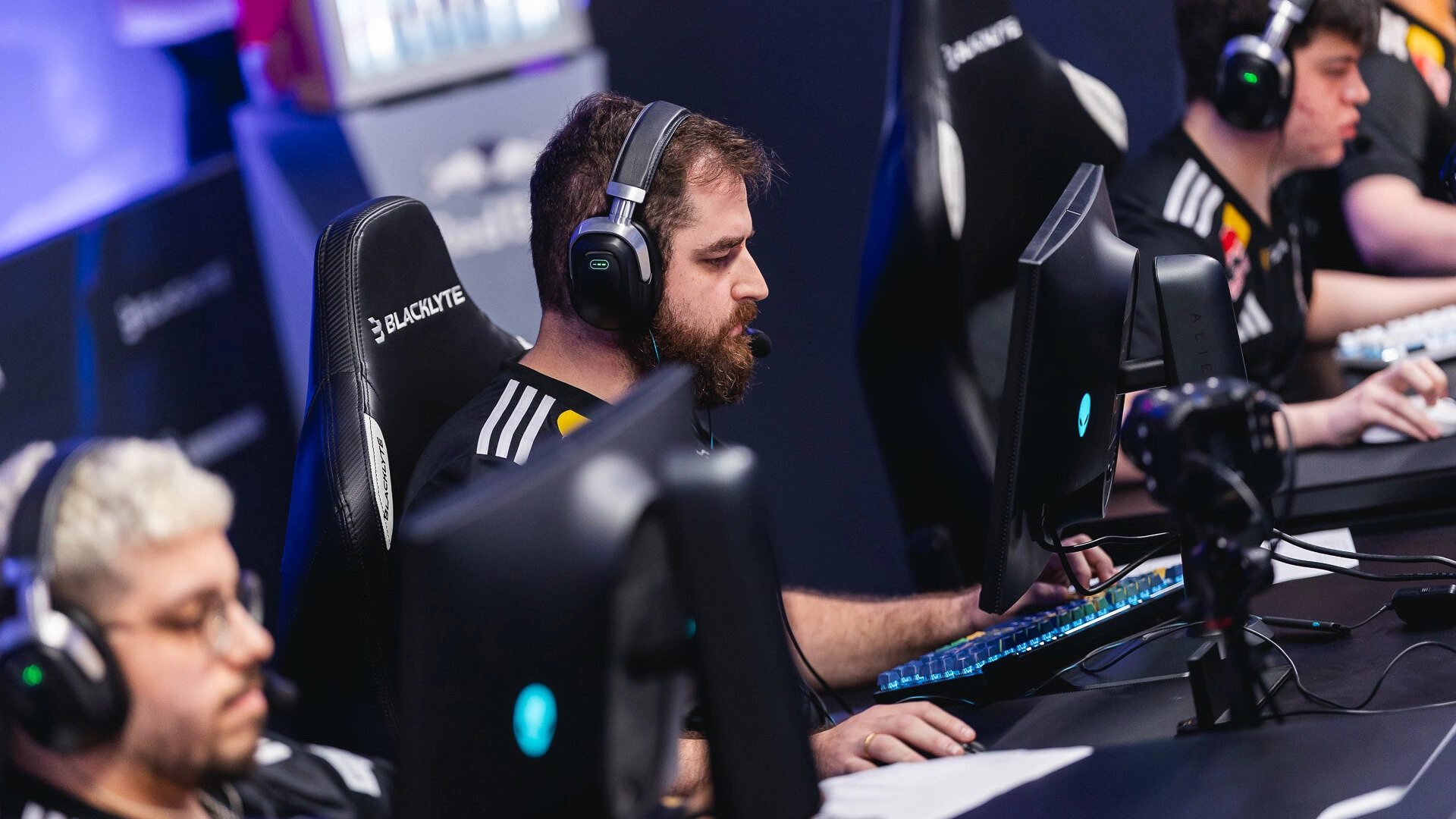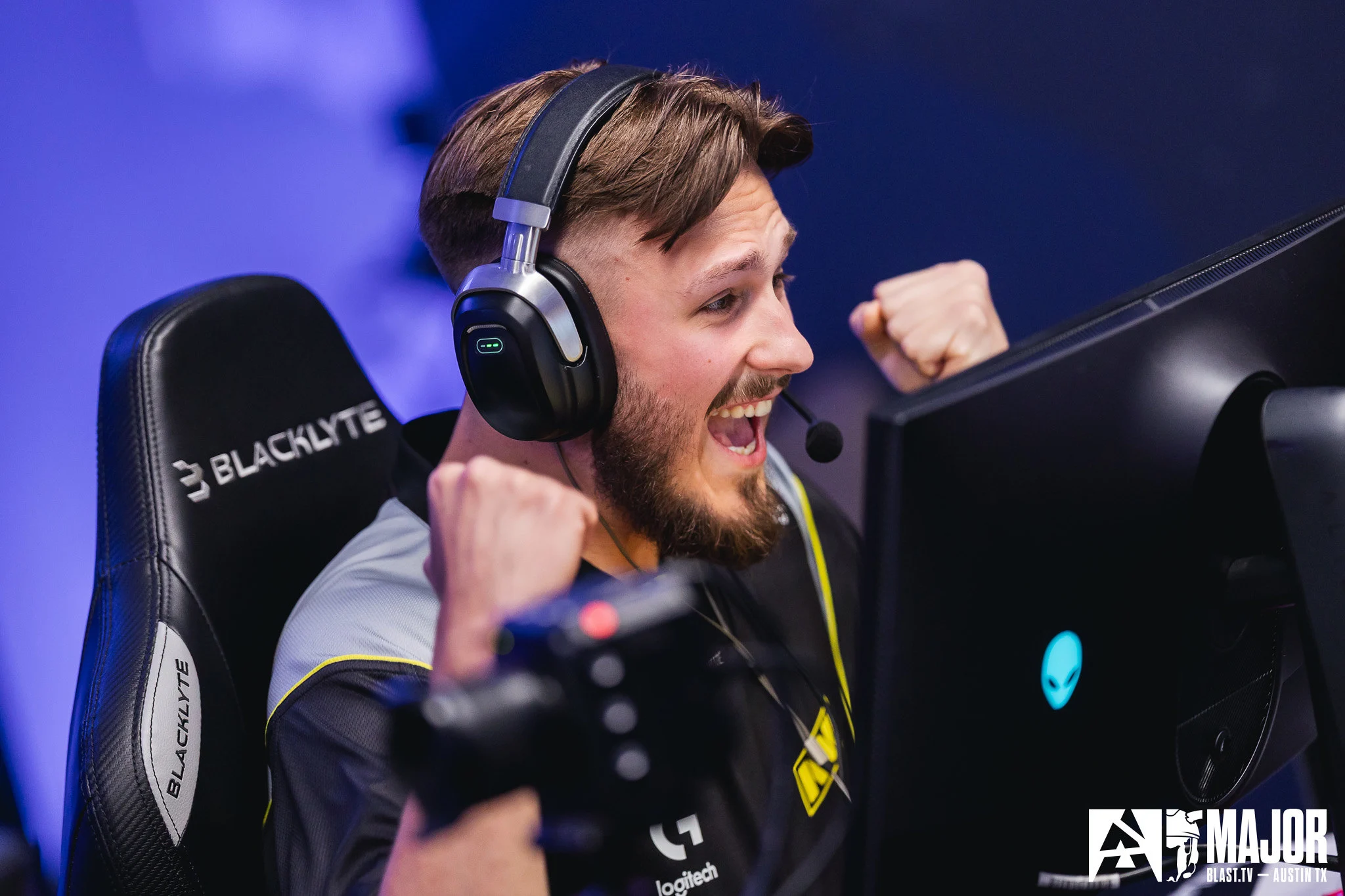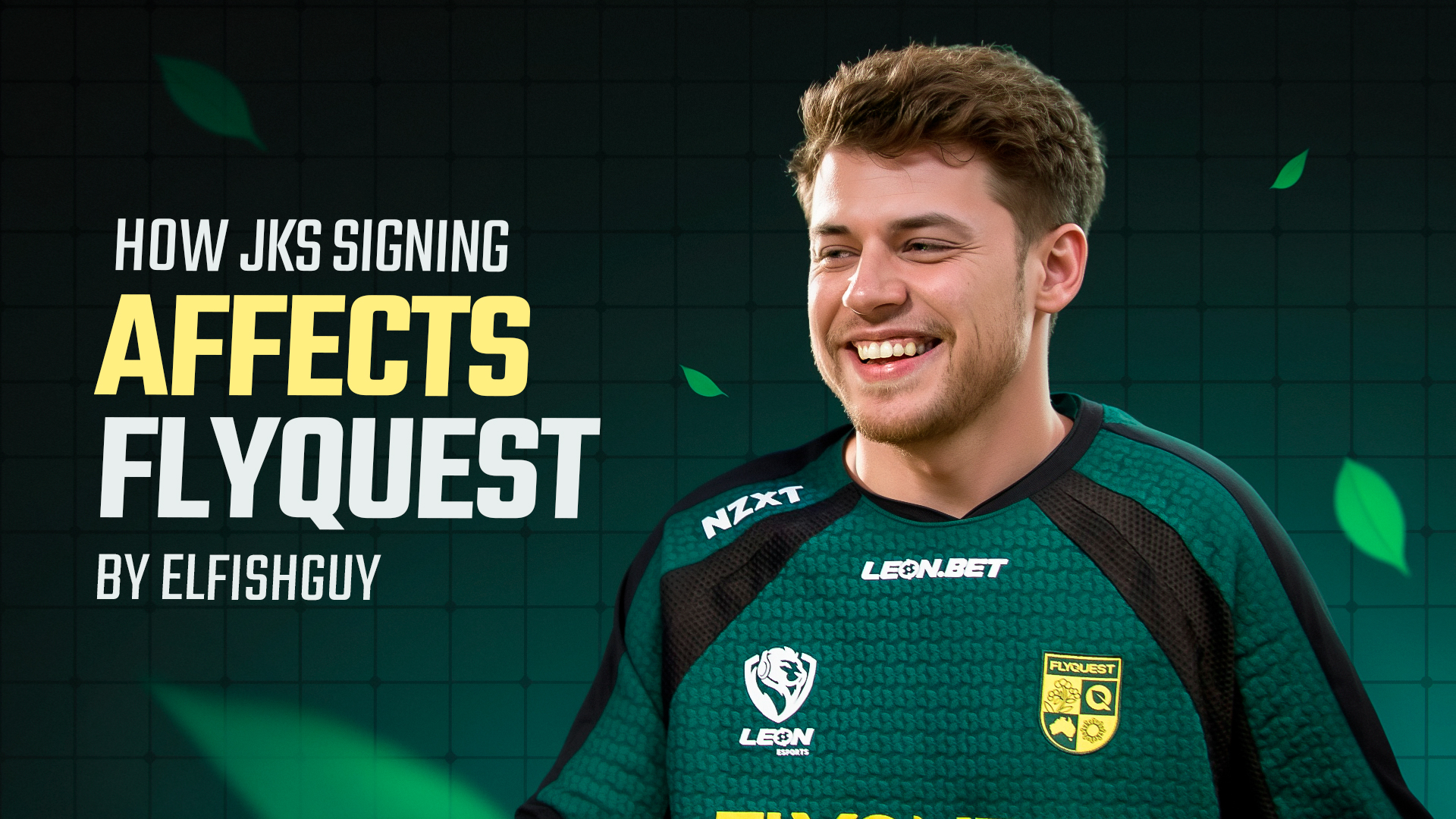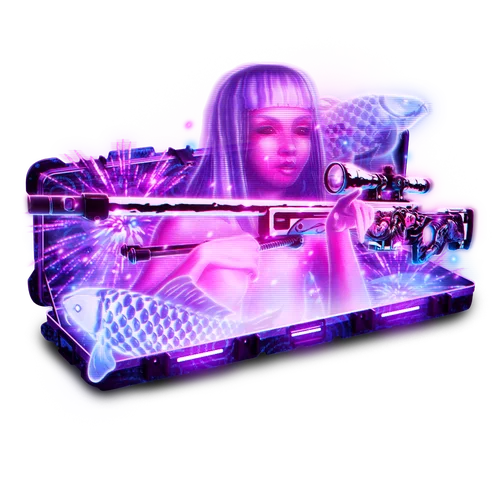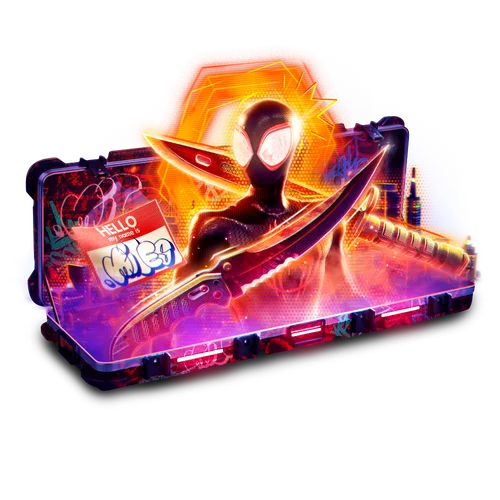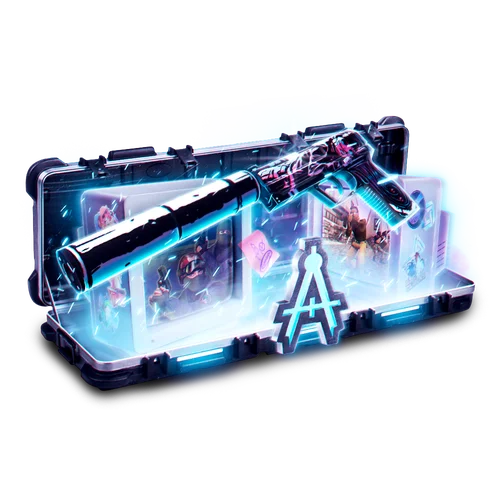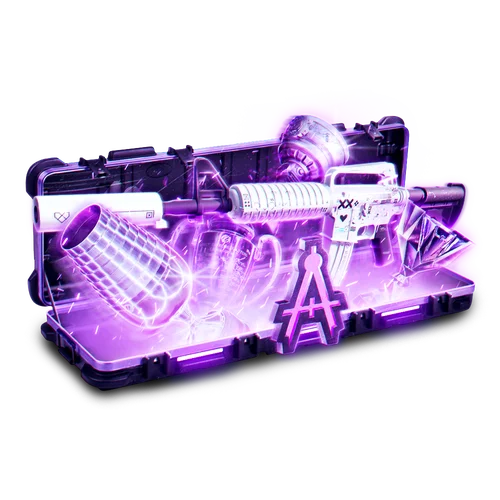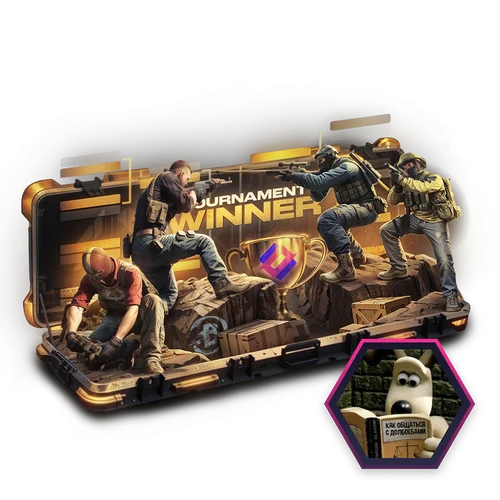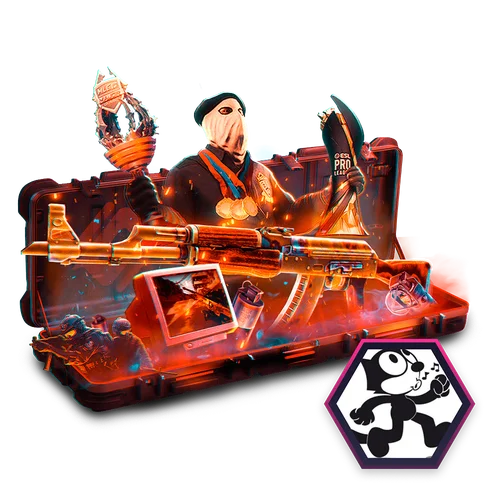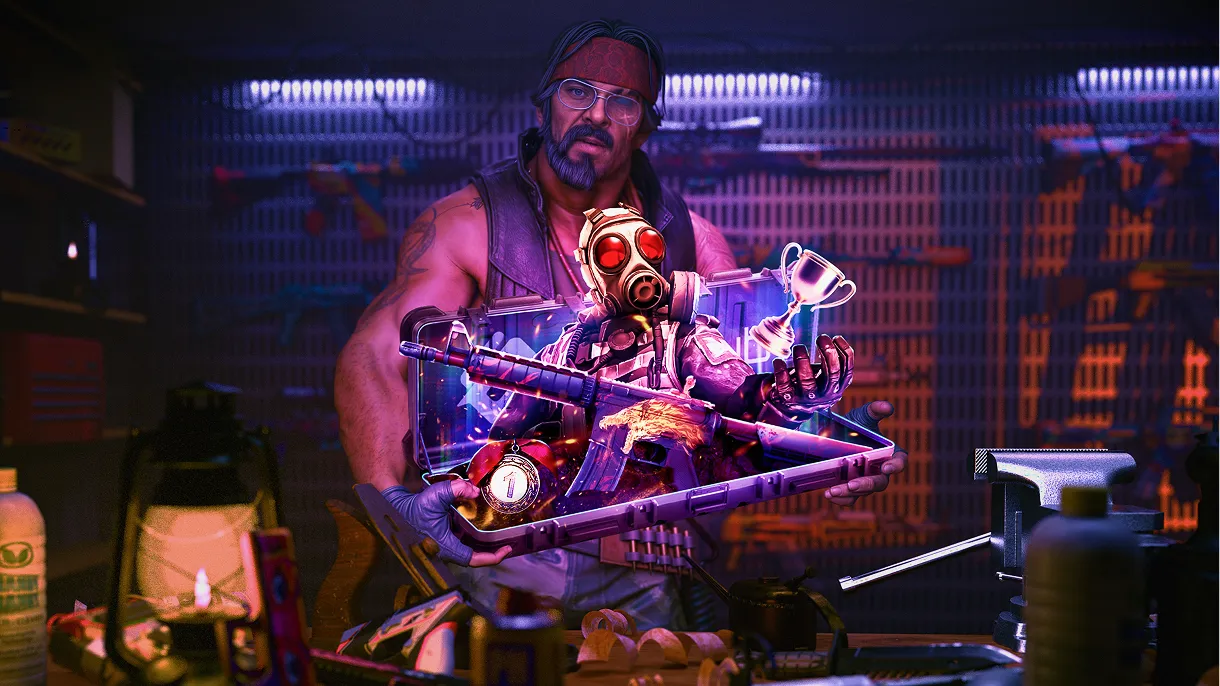Recently, Robin “ropz” gave an interview to the HLTV portal where he talked about his team (Vitality) and why he thinks they are constantly title contenders in CS2. He explained it with the following sentence:

And while what he says does actually make a lot of sense, is it necessarily true? How was it back in the day compared to now, and has it changed significantly ever since CS2 started? That’s my goal with this article—to take a look at a few teams that have created eras in CS and see if they also had star players.
The NiP 87-0 map win streak record at the start of CS:GO – did they have a star player?

The NiP of 2013 carried the first and very strong era in CS, with 87 map victories in a row on LAN. By the way, during this period, the majority of tournaments were all played on LAN due to internet difficulties or the lack of structure to run big events online.
The NiP roster was one of the first teams to invest in CS:GO. They made sure to combine a mixture of very experienced and talented players who knew each other very well from 1.6, together with talented players coming from CS: Source.
They weren’t quite gods but something more on the level of demigods—they could be killed, but it would certainly take a great effort to do so. Of the 17 offline events NiP participated in throughout 2013, they won 11. Of the Premier events they entered, NiP had a 6–2 record. These two Premier losses were to VeryGames at EMS One Fall 2013 and Fnatic at DreamHack Winter 2013, CS:GO’s first Major. The loss to VeryGames at EMS One would be NiP’s only loss to them, and their loss to Fnatic at the Major marked their first of four losses in Major finals.

By this point in NiP’s era, they had become mortal, and their loss to Fnatic was a major upset. If NiP were to lose, it surely would have been to VeryGames, and since they were out of the tournament, it was NiP’s to win. Fate nevertheless forbade NiP from taking their Major, thus beginning their repeated misfortunes at the events teams most want to win: Majors.
This NiP roster did not necessarily have a star player compared to today, but they were a strong collective force. One of the most standout players would be Patrik “f0rest”, who was already one of the best players in the world coming from CS 1.6. But what really made NiP one of the best teams back in the day was the tactical teamplay they had on the server.
The SK/Luminosity back-to-back Major champions & short era
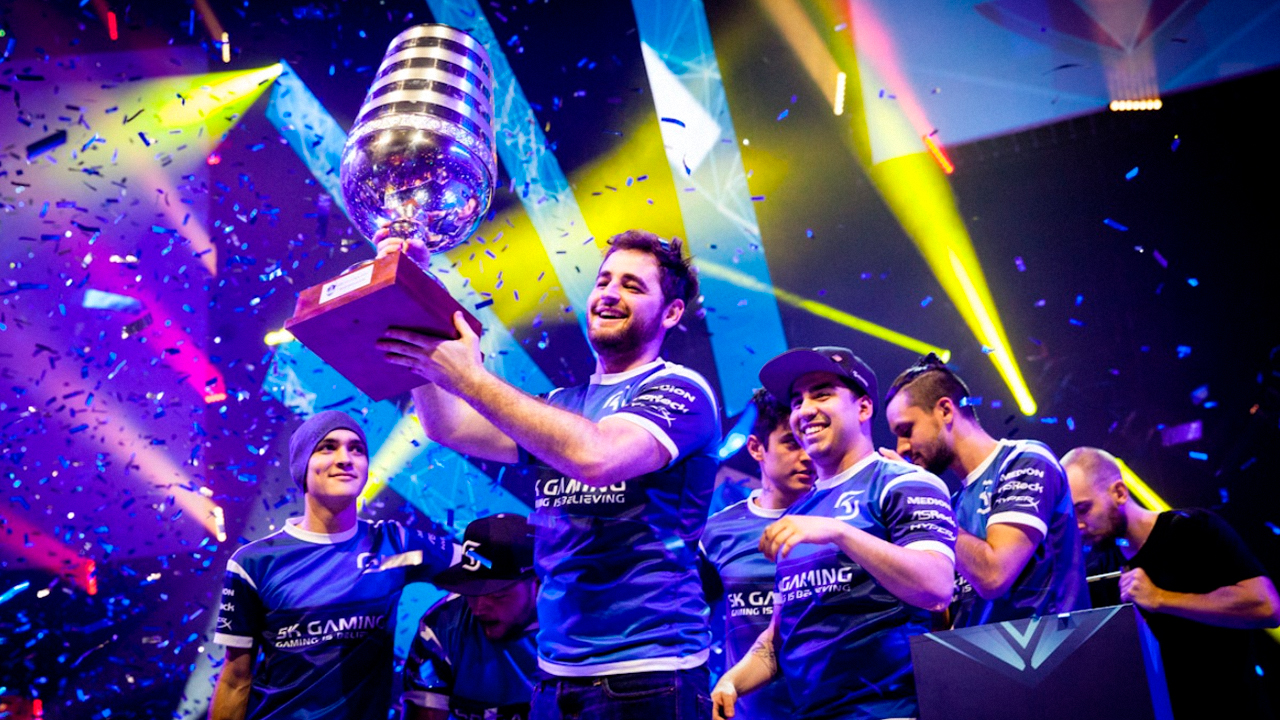
They were one of the teams responsible for the more structured, utility-heavy style of CS that Astralis later perfected. LG/SK were on another level utility-wise at their peak. You could say that FalleN and co. marked the transition from the Fnatic era of CS to the Astralis era.
Combine that with the fact that FalleN was a monster with the AWP, fer was at one point the best aggressive player in the world, and coldzera was miles above everyone but s1mple, and you had a dominant team. Not to mention that TACO was underrated considering the roles he had, and Lincoln “fnx”—well, he was pretty good when he had the motivation.
They were never that dominant, though. Yes, they won two Majors in 2016 and kept winning big events up until 2018, but other teams were winning as well and playing just as well (FaZe, VP, Astralis, and NaVi).
Even back then, if you actually take a look at it, what ropz said still made sense, right? Every player was really good in their respective roles, they complemented each other very well, and they had a superstar in coldzera, who was undeniably one of the best players in the world. That contributed a lot to their success back in the day.
Astralis: three back-to-back Majors with Nicolai “dev1ce” at his prime

Astralis dominated the scene in a way no team before them had managed, with a consistency and longevity that may never be beaten. With three Majors under their belt and pretty much having won every important event there was, they cemented themselves—at least in my opinion—as the best era Counter-Strike has ever seen.
In spring 2018, Astralis began their year-long CS:GO dominance. They pioneered a new meta through meticulously planned utilities emphasizing HE grenades, smokes, and flashes. Grenade damage surged, and other teams adopted this strategy by year’s end. It’s now nearly unthinkable to control Banana without multiple utility sets—just as it’s hard to recall a time before this approach.
The cohesiveness and consistent performance of Astralis’ members ensured unmatched dominance in 2018, notably with their collective presence in the HLTV Top 20 rankings.
Moreover, at least one Astralis player has appeared in the HLTV Top 20 each year since the organization’s founding, with Nicolai “dev1ce” Reedtz standing out with six inclusions.
These factors completely align with ropz’s statement regarding the importance of having five very good players in their respective roles. I think Astralis mastered that to perfection. That was the main reason why, even to this day, everyone still looks up to them—not only for how they used utility but also for how they constantly reinvented themselves over and over again. All of that, combined with their star player and main AWPer Nicolai “dev1ce” at his prime from 2018 until the end of 2020, created an era where many would say the only reason he wasn’t elected best player in the world for several consecutive years was because s1mple was also at his peak during that same period.

NaVi – the era affected by the war, with s1mple at his prime?
NaVi dominated everyone and everywhere throughout 2021. They became the first team in history to win a Major without losing a single map, and in LAN conditions, they hardly ever lost a Bo3 series.

Natus Vincere in 2021 picked up eight tournament wins, two more top-two finishes, and two top-three placements at the BLAST group stages—the best results possible. At only three tournaments across the entire year did they fail to place well—two of those with a severely slumping Egor “flamie” Vasilyev in the lineup, and one with a fresh-faced Valeriy “b1t” Vakhovskiy.
It goes without saying they held a firm grip on the #1 spot in the HLTV rankings for the majority of the year. By some margin, they were the best team of 2021.
NaVi was composed of an unparalleled superstar leading the way in Oleksandr “s1mple” Kostyliev. They had a star trio that simply couldn’t be matched for firepower, while the other two role players—Ilya “Perfecto” Zalutskiy and Kirill “Boombl4” Mikhailov—had an uncanny knack for clutching and playmaking respectively. No one wanted to play them. They blew most teams out of the server with apparent ease and carried an aura of invincibility that seemed impossible to dent. Natus Vincere were in the heads of every team they played before they even connected to the server.
Conclusion
I think it’s very interesting to see how, throughout the years, the game has changed—the meta itself, some of the roles, and how the game is approached on certain maps. But no matter what, the best teams in the world—the ones who managed to cement an era—all had very good players in their respective roles, and most of them also had their superstars at their peak in terms of performance.
One of the biggest differences between now and the old days is that nowadays, because of all the tools and access to facilities players have to improve faster, we’re in a period where most of the top teams all have their own superstar players. What really makes the difference at the end of the day is which one performs better—the tactical aspect, individual consistency, and obviously, whoever makes fewer mistakes when it matters the most.





























